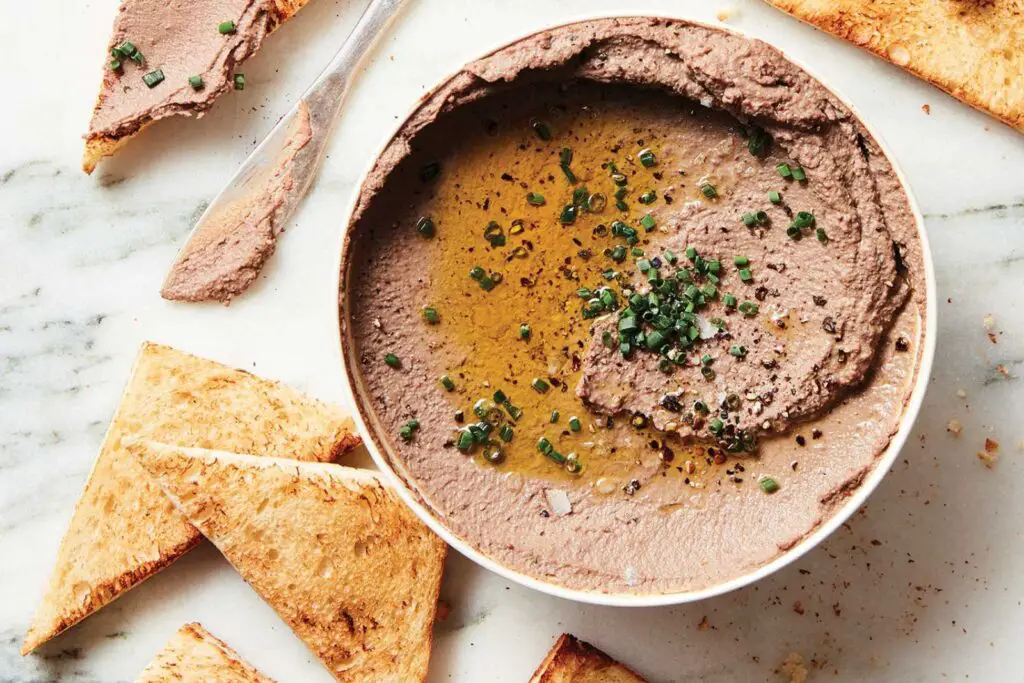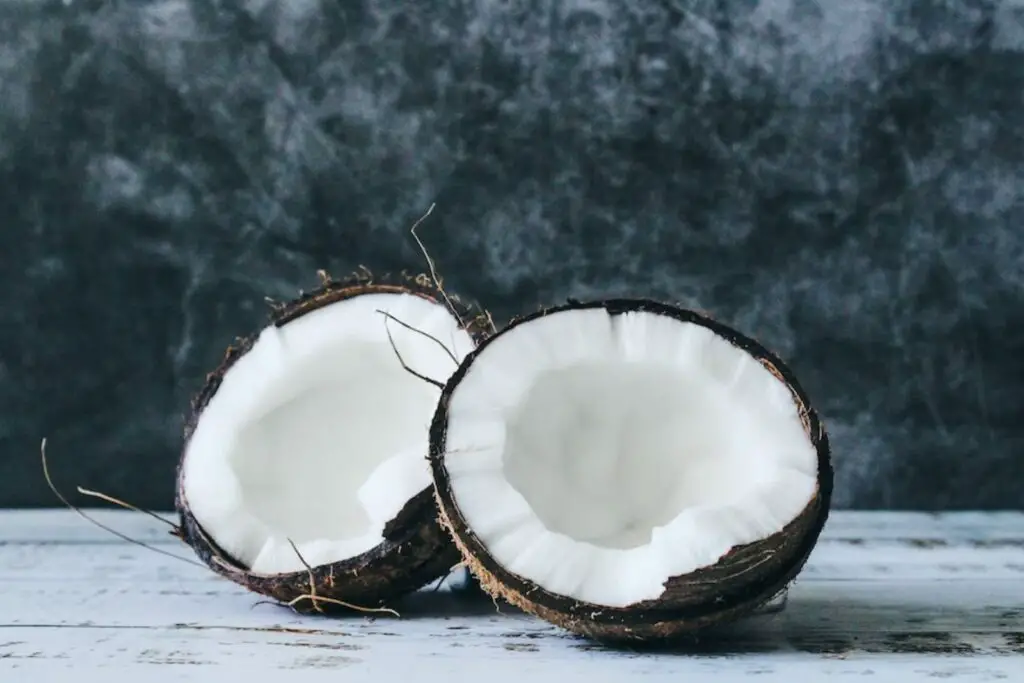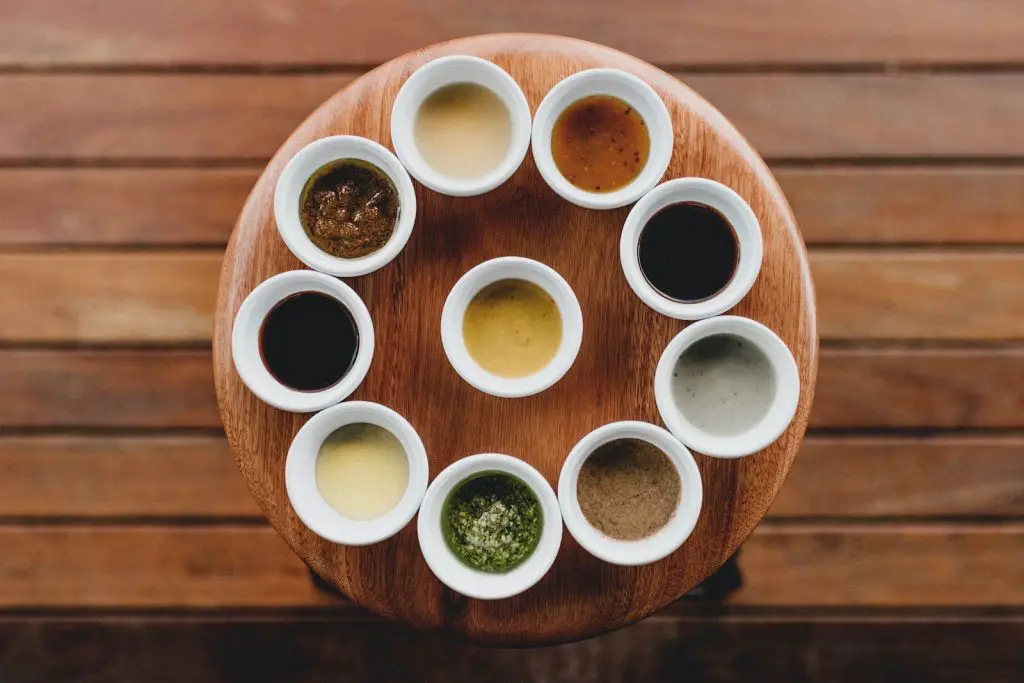
Egg whites, also called albumen, are the clear, gelatinous substance that surrounds the yolk of an egg. They are a rich source of protein and contain no fat or cholesterol. Egg whites are commonly used in cooking and baking to add structure, volume, and stability to dishes such as meringues, soufflés, and cakes. Freezing egg whites is a practical way to preserve them for future use, especially if you have leftover whites from a recipe that only required yolks. By freezing egg whites correctly, you can maintain their quality and have them readily available whenever you need them.
Here are the simple steps to freeze egg whites:
Step 1: Separate the egg whites from the yolks
When freezing egg whites, it is crucial to separate them from the yolks. The process begins by cracking the eggs into a bowl, being careful not to break the yolks. It’s best to crack each egg individually into a separate bowl before transferring the whites to a clean container.
Separating the egg whites from the yolks ensures that only the whites are frozen. The yolks contain a higher fat content and have a different composition than the whites, which can affect their texture and freezing properties. By keeping the egg whites pure, you can maintain their quality and ensure successful freezing.
Care should be taken to prevent any traces of yolks or shells from entering the container with the egg whites. Even a small amount of yolk can hinder the freezing process and affect the texture and taste of the egg whites. It’s advisable to use a clean container to hold the egg whites, minimizing the risk of contamination.
Can I freeze egg whites in their shell?
It is not recommended to freeze egg whites in their shells. Freezing eggs in their shells can cause the water content inside to expand, resulting in cracks or even bursting of the shell. Additionally, the shells are not airtight, making them more susceptible to freezer burn and loss of quality. It is best to separate the egg whites from the yolks and freeze them in suitable containers or freezer-safe bags for optimal results.
Step 2: Check for any impurities
After separating the egg whites from the yolks, it’s important to inspect them for any impurities that may have inadvertently entered the container. These impurities can include tiny bits of shell or traces of yolks that may have mixed with the whites during the separation process.
These impurities can negatively impact the quality of the frozen egg whites. Bits of shell can cause a gritty texture, while yolks can alter the composition and affect the freezing properties of the whites. Therefore, it is crucial to remove any impurities before proceeding with the freezing process.
To check for impurities, visually examine the egg whites in the container. Look for any small pieces of shell or yellowish traces that may have mixed in. You can also gently swirl the container to see if any impurities rise to the surface.
Once you have identified any impurities, use a clean spoon or your fingers to carefully remove them. Be cautious not to introduce any new impurities while doing so. It’s important to maintain the purity of the egg whites to ensure their quality when frozen and when used in future recipes.
Step 3: Package the egg whites
Once you have separated the egg whites and checked for impurities, it’s time to package them for freezing. Choosing the right container is essential for preserving the quality of the egg whites during freezing. You have several options to consider based on your preference and available resources, such as ice cube trays, muffin tins, or freezer-safe bags.
Ice cube trays are a convenient choice as they allow you to freeze individual portions of egg whites. Each compartment in the tray can hold approximately one egg white. This makes it easier to thaw and use the desired quantity when needed.
Muffin tins can also be used as an alternative to ice cube trays. They provide slightly larger portions and are suitable if you require more substantial amounts of egg whites for your recipes. Make sure the muffin tins are freezer-safe and consider greasing them lightly before pouring in the egg whites to prevent sticking.
Freezer-safe bags are another option for packaging egg whites. They offer flexibility in terms of portion sizes and can be sealed tightly to prevent freezer burn. When using freezer bags, it’s recommended to pour the egg whites into the bag, remove excess air, and seal it securely to maintain the quality of the egg whites during freezing.
Regardless of the container you choose, ensure that each compartment or section is filled evenly to promote consistent freezing. Leave a small space at the top of the container or bag to allow for expansion as the egg whites freeze. This precaution helps prevent containers from bursting and maintains the integrity of the packaging.
Can I freeze egg whites in silicone molds or other non-traditional containers?
Yes, you can freeze egg whites in silicone molds or other non-traditional containers. Silicone molds are freezer-safe and provide convenient portioning options. Ensure that the molds are sturdy and can withstand freezing temperatures. It’s important to cover the molds with plastic wrap or transfer the frozen egg whites into airtight containers or bags to protect them from freezer burn and maintain their quality.
Step 4: Cover and seal the container
After packaging the egg whites in a suitable container, it’s essential to cover and seal the container tightly to protect the egg whites from freezer burn and maintain their quality during freezing. The method of covering and sealing depends on the type of container you’ve chosen.
If you’re using ice cube trays or muffin tins, place plastic wrap over the top of the container. Ensure it is in direct contact with the surface of the egg whites to create a barrier against air and moisture. Secure the plastic wrap in place by using a rubber band or wrapping the container with aluminum foil. This additional layer of protection helps prevent freezer burn and maintains the integrity of the egg whites.
For freezer-safe bags, press out as much air as possible before sealing them securely. Removing excess air reduces the potential for freezer burn and helps preserve the texture and quality of the egg whites. Consider using a bag with a reliable zip-top closure or sealing the bag using a vacuum sealer if available. Ensure that the bag is sealed tightly to prevent any air or moisture from entering.
By covering and sealing the container tightly, you create a protective barrier that minimizes exposure to air and moisture, which can degrade the quality of the egg whites during freezing. This step is crucial in maintaining the texture and flavor of the egg whites for future use.
Step 5: Label and date the package
Once you have covered and sealed the container with the egg whites, it’s crucial to label and date the package. This simple step is essential for maintaining organization and ensuring proper rotation of the egg whites in the freezer.
Labeling the package with the current date allows you to keep track of when the egg whites were frozen. It helps you determine their freshness and use them in a timely manner. By knowing the freezing date, you can prioritize using the oldest egg whites first, preventing them from being forgotten or left unused for too long.
Additionally, if you have different quantities of egg whites in various containers, it’s helpful to note the specific amount on the label. This information can make meal planning and recipe preparation more convenient. You can quickly identify the number of egg whites available in each container without having to thaw and measure them individually.
Proper labeling and dating create an organized freezer inventory system for your egg whites. It ensures that you can easily locate and utilize the egg whites based on their age and quantity, making meal preparation more efficient and reducing waste.
Step 6: Freeze the egg whites
After properly packaging and labeling the egg whites, it’s time to freeze them. This step is crucial for preserving the quality of the egg whites and ensuring their long-term storage.
Place the packaged egg whites in the freezer, making sure they are kept upright and level to prevent any accidental spillage. It’s advisable to find a stable spot where the containers or bags won’t tip over or get knocked around, ensuring the egg whites remain intact.
Position the egg whites away from any strong-smelling foods in the freezer. Egg whites have a delicate flavor and can absorb odors from other foods, which may affect their taste and quality. Keeping them separate from pungent or aromatic items helps maintain their integrity.
Allow the egg whites to freeze undisturbed in the freezer for at least four hours or until completely frozen. The freezing time may vary depending on the quantity and thickness of the egg whites. Freezing them thoroughly ensures that they maintain their texture and quality during storage.
Once the egg whites are completely frozen, you can store them in the freezer for an extended period. They can typically be stored for up to a year without significant loss of quality. Remember to keep track of the freezing date and rotate the egg whites accordingly for the best results.
Other related questions
How long can egg whites last in the freezer?
Egg whites can last in the freezer for up to one year without significant loss of quality. Properly packaged and stored, frozen egg whites maintain their texture and flavor during this period. It’s important to label the package with the freezing date and rotate them accordingly for optimal freshness.
How do I defrost egg whites?
To defrost egg whites, it is recommended to transfer them from the freezer to the refrigerator. Place the frozen egg whites in a covered container or leave them in their original packaging to prevent contamination. Allow the egg whites to thaw slowly in the refrigerator for several hours or overnight until they are completely thawed. Avoid defrosting at room temperature or using quick thawing methods, as they can negatively affect the texture and quality of the egg whites.
How long does it take for frozen egg whites to thaw in the refrigerator?
The thawing time for frozen egg whites in the refrigerator depends on various factors, including the quantity and thickness of the frozen egg whites. In general, it takes approximately 24 hours for frozen egg whites to thaw completely in the refrigerator. It is recommended to plan ahead and allow sufficient time for the egg whites to thaw before using them in recipes.
Can I refreeze egg whites?
It is generally not recommended to refreeze egg whites once they have been thawed. Freezing and thawing can affect the texture and quality of the egg whites, and multiple freeze-thaw cycles can further degrade their overall integrity. It is best to use the thawed egg whites promptly to maintain their freshness and avoid potential food safety concerns.
How do I know if the egg whites have gone bad after being frozen?
To determine if frozen egg whites have gone bad, examine their appearance and smell. If the egg whites have developed an off-color, such as yellow or pink, or if they emit a foul or sulfurous odor, it is an indication of spoilage. Additionally, a slimy or gelatinous texture suggests that the egg whites have deteriorated and should be discarded to avoid potential health risks.
Can I use frozen egg whites for any recipe that calls for fresh egg whites?
Yes, you can use frozen egg whites in recipes that require fresh egg whites. Thaw the frozen egg whites in the refrigerator overnight before use. While the texture may be slightly different, they will still whip and incorporate well in most recipes.
What can I do with leftover thawed egg whites?
Leftover thawed egg whites can be used in various recipes. You can make meringues, angel food cake, and macarons, or even use them as a low-calorie alternative in smoothies or omelets. Be sure to use the thawed egg whites within a couple of days for the best results.
Is it necessary to add any preservatives to the egg whites before freezing?
It is not necessary to add any preservatives to egg whites before freezing. Egg whites naturally contain antimicrobial properties that help prevent the growth of bacteria. Freezing them in a clean, airtight container or bag is sufficient for preserving their quality and freshness. However, it is important to handle and store the egg whites properly to minimize the risk of contamination and ensure their safety.
Are there any special considerations for freezing pasteurized egg whites?
When freezing pasteurized egg whites, it is important to note that the pasteurization process can affect their texture and whipping ability. Pasteurized egg whites may not whip as well as fresh egg whites after thawing. Additionally, they may have a slightly different texture when used in recipes. It is advisable to test their whipping ability and texture in a small batch before using them in larger quantities or for delicate recipes.
Can I freeze egg whites that have been beaten or whipped?
Yes, you can freeze beaten or whipped egg whites. However, it’s important to note that the texture and stability of the beaten or whipped egg whites may be affected by freezing and thawing. After thawing, they may lose some of their volumes and may not whip up as well as fresh egg whites. It is recommended to use them in recipes that do not rely heavily on their whipped texture, such as in baked goods or as an ingredient in batters or doughs.
Are there any safety concerns or risks associated with freezing egg whites?
There are generally no significant safety concerns or risks associated with freezing egg whites. Freezing effectively helps prevent the growth of bacteria and other harmful microorganisms. However, it is crucial to handle the egg whites properly, ensuring they are fresh and free from any contaminants before freezing. Following proper hygiene practices, such as washing hands and using clean utensils, will help maintain their safety during the freezing process.








